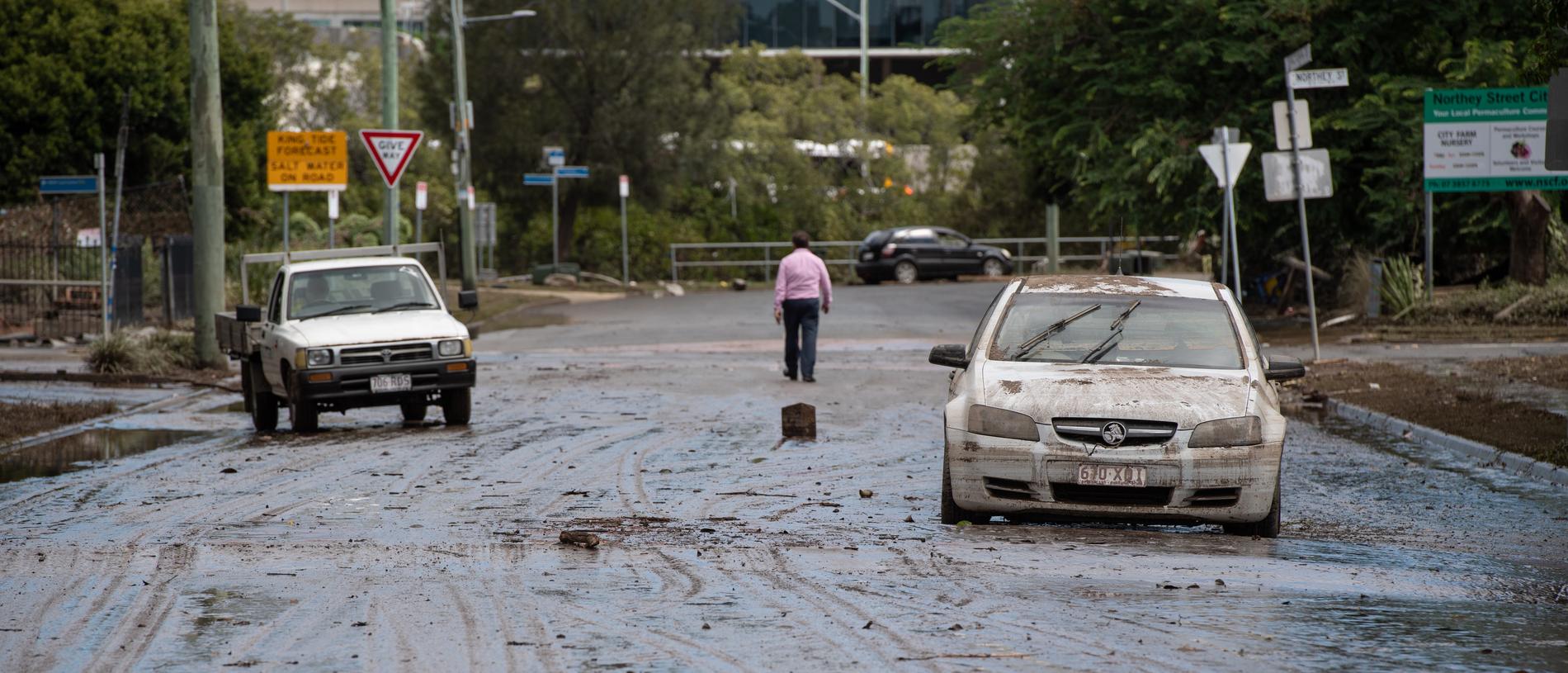Brisbane floods: Flood alert shortcomings exposed by independent review
New details reveal how close Brisbane’s Wivenhoe dam came to triggering an even bigger flood catastrophe than was already unfolding in March, as shortcomings in the national emergency alert system have been exposed.
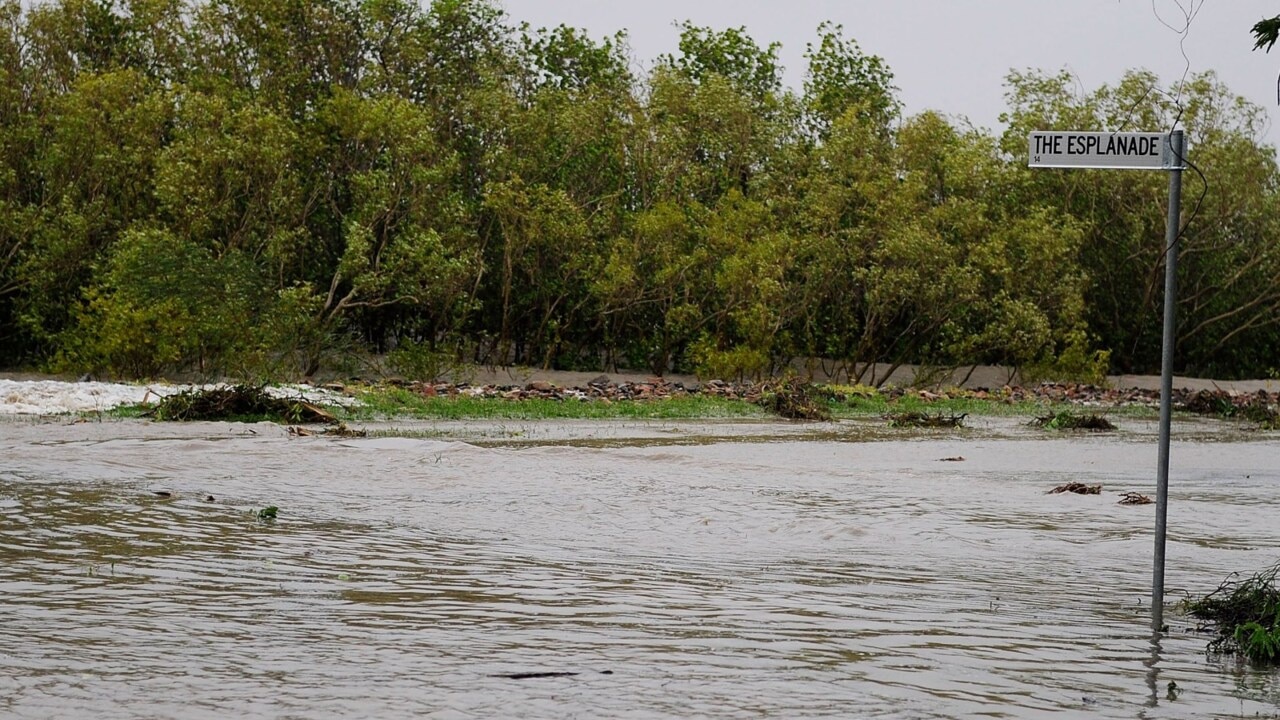
QLD News
Don't miss out on the headlines from QLD News. Followed categories will be added to My News.
Wivenhoe Dam was just 39cm or 60,000 megalitres of water away from having its gates flung open, with an independent flood report revealing how engineers at southeast Queensland’s largest dam managed to avoid a worse catastrophe.
The catastrophic southeast Queensland floods were caused by “several” climate drivers including a La Nina, with the systems all working together to trigger highly localised thunderstorms which resulted in “intense rain and extensive flash flooding” along creek and tributaries.
A total of 13 lives were lost and more than 9000 homes and businesses damaged, with the cost to the economy estimated to be $7.7bn.
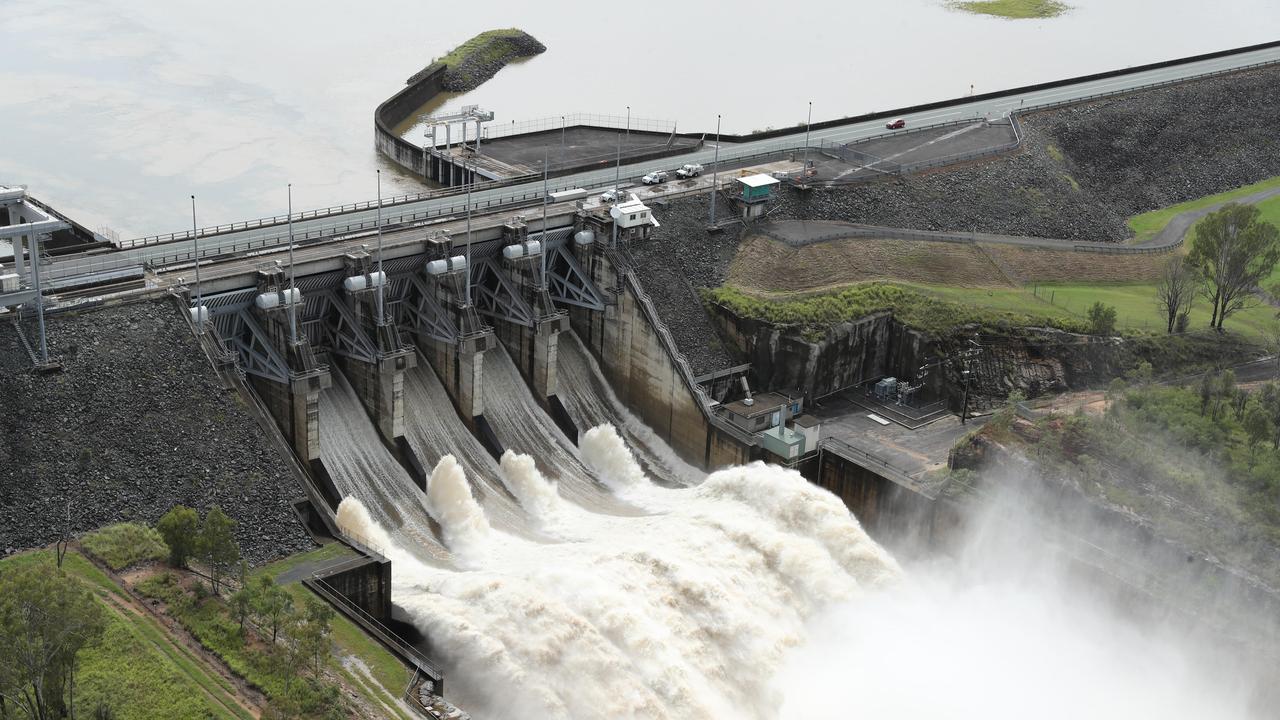
The Inspector-General of Emergency Management report into the southeast Queensland February-March floods, handed down by the government on Wednesday after receiving it six weeks ago, found Wivenhoe Dam was “well managed”.
Instead, the IGEM pointed to major improvements needed in the use and workflows of the national emergency alert system, detailing how residents within Brisbane City Council’s borders didn’t get a flood warning message until more than 12 hours after it was issued.
The IGEM made a total of 19 recommendations, including giving Queensland’s highest ranking emergency services personnel power to “urgently approve” disaster warning text messages to be sent on the national system without needing to wait for councils.
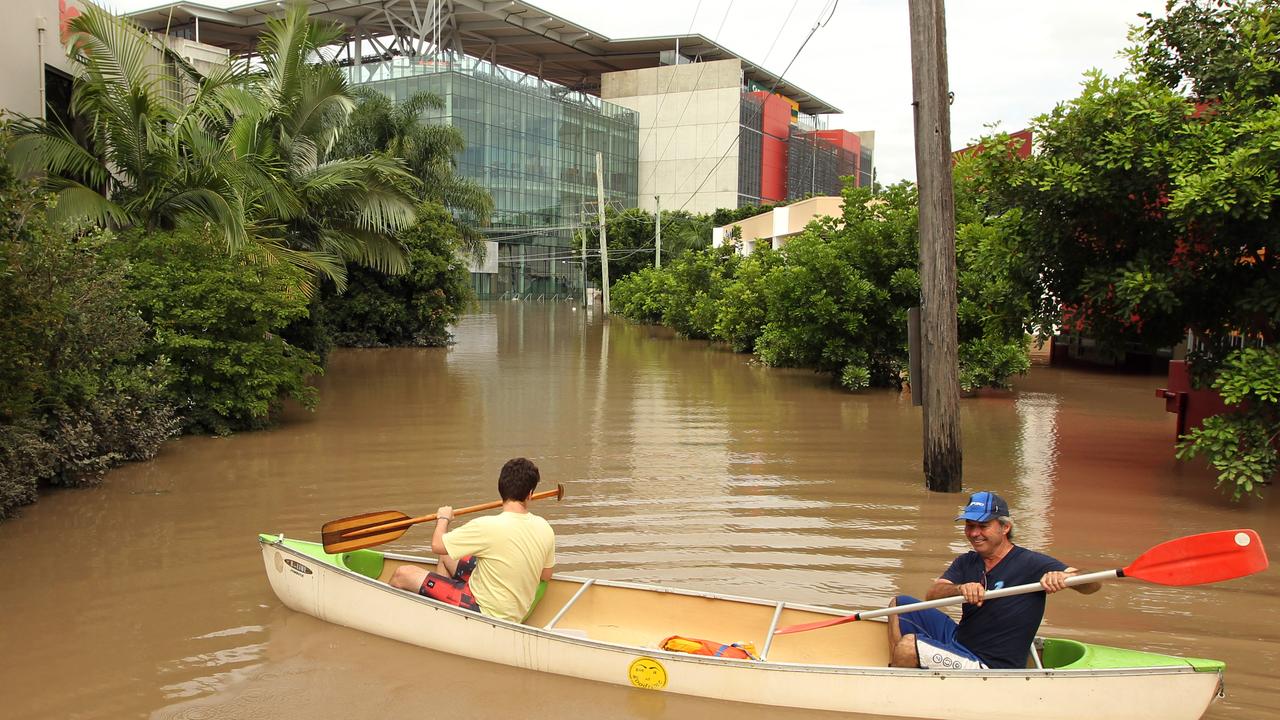
It also noted the Dam Safety Regulator was separately investigating how to “better integrate the use of rainfall forecasting into gated operations decision-making during floods”.
The report found Seqwater dam operators managed to use the entire flood storage compartment of Wivenhoe Dam, delivering a “close to optimal” flood mitigation benefit to residents.
It revealed engineers, finding a need to operate the dam in a certain way due to the nature of flooding event, asked for permission to use an “alternative protocol” on Sunday at 4pm — a request approved by the Dam Safety Regulator 8.5 hours later.
This allowed engineers to temporarily reduce the amount of water flowing from Somerset Dam to Wivenhoe Dam, therefore freeing up more space in the latter.
This prevented Wivenhoe from hitting water levels which would trigger “dam safety strategy” protocols — instructions which focus mainly on ensuring the dam doesn’t fail and “requires” gates at the top to be fully opened.
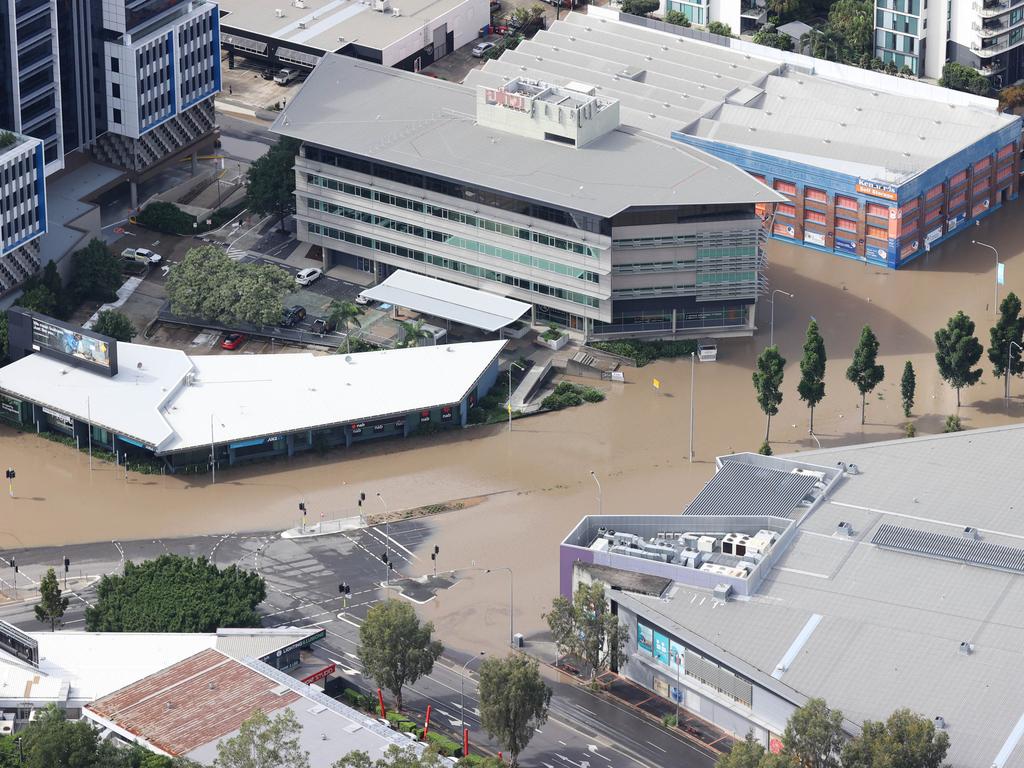
This critical water level is defined as 75m, with Wivenhoe peaking at 74.61m — just 39cm under.
Another 60,000 mega litres of water — enough to fill 24,000 Olympic swimming pools — would have been too much.
Emergency Services Minister Mark Ryan said a total of 94 emergency alert campaigns were carried out during the floods, with 331 people evacuated.
He said all 19 recommendations of the IGEM report would help “drive improvements for severe weather prevention, preparedness, response and recovery in the future”.

NATIONAL EMERGENCY ALERT SYSTEM
Many of the recommendations related to how the national emergency alert system is used and changing workflows to ensure there is better communication between levels of authority.
Under the changes recommended to be in place by November 1, emergency services executives would be given the power to “urgently approve” messages to be broadcast — thus cutting out the need to wait for a local council to give the order.
The IGEM report also recommended Queensland Fire and Emergency Services to update training protocols for the new changes, update quick reference guides, and for councils to get ready pre-formatted messages within the system so it doesn’t waste time during a disaster.
Brisbane City Council’s use of the national emergency alert system quickly turned into a political bunfight on Wednesday, with Emergency Services Minister Mark Ryan signalling council had not used the function properly and workers hadn’t been trained since 2018.
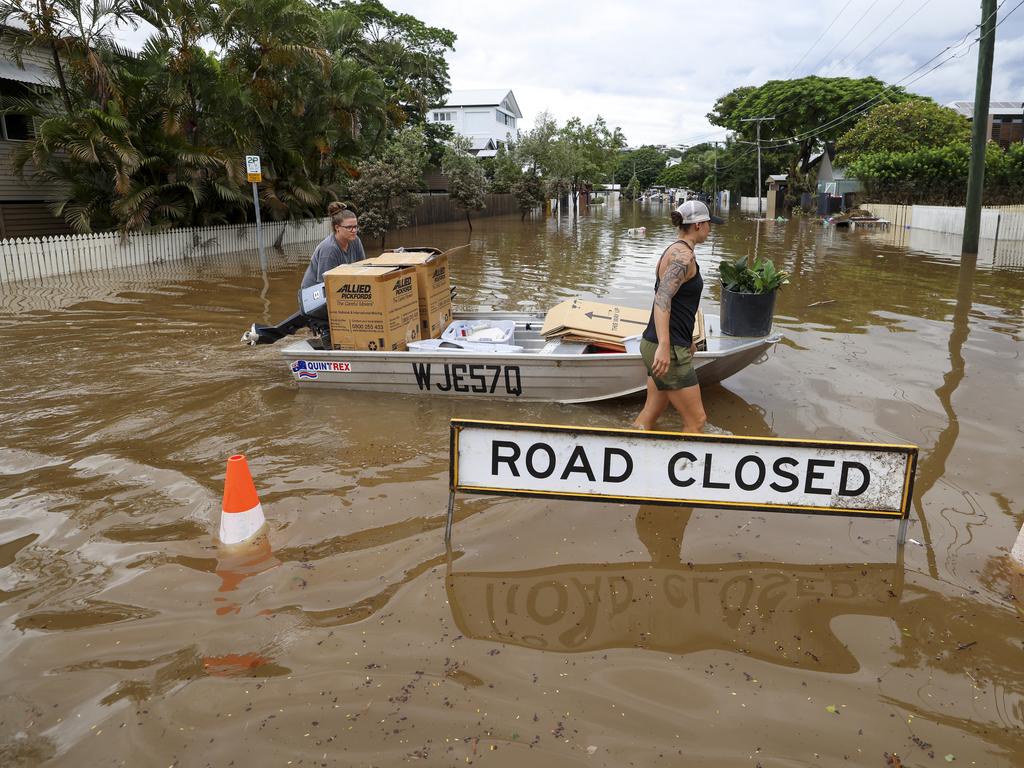
Lord Mayor Adrian Schrinner vehemently denied claims of mismanagement by council, saying the platform was “broken”.
The IGEM report shows Brisbane City Council sent out its first request for an emergency alert on the national system at 7.07pm on Sunday February 27, which was soon after BOM warned of major flooding.
Council and authorities at the State Disaster Coordination Centre went back and forth until 7.51pm deciding how the message should be phrased.
Brisbane City Council labelled the message as “advice”, the lowest of the three priority levels available.
The IGEM noted that at the same time Brisbane was requesting an alert, other councils including the Gold Coast and Logan were also requesting an alert, though they badged theirs at a higher priority.
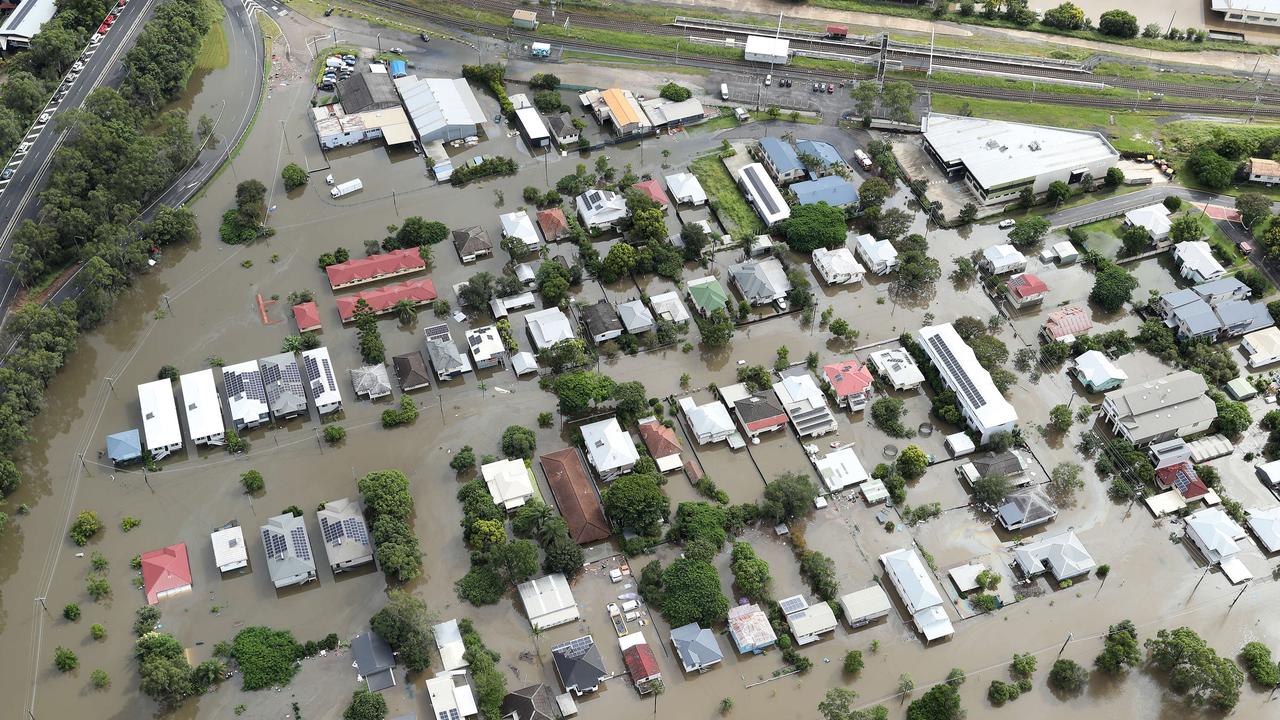
The prioritisation of the messages, combined with the need to space out when messages are sent so as not to overload the system, contributed to the delay for Brisbane.
During the processing on Monday February 28, the system went down for 1 hour and 15 minutes, with Telstra saying the system was overloaded.
Ultimately Brisbane residents received their warning text more than 12 hours after the request was first made.
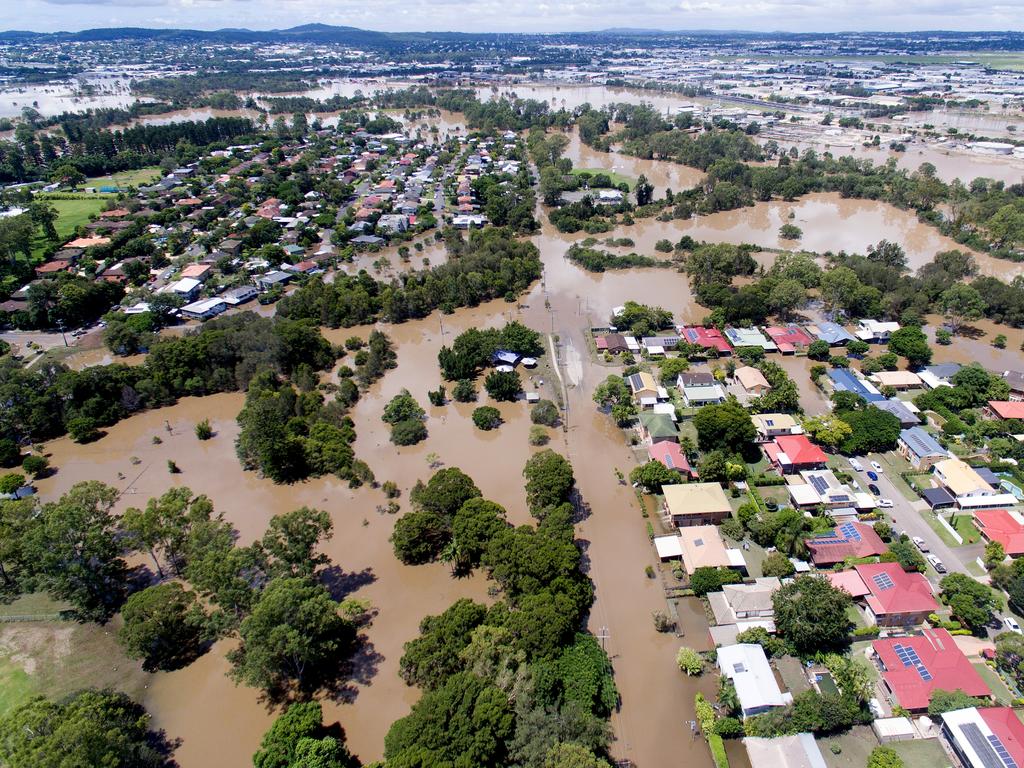
“An emphasis on providing users with further training, greater exercising and improved guidance will assist users to gain a better understanding of the functionality, complexities and constraints of the systems,” the IGEM report noted.
“This in turn will lead to better constructed Emergency Alert messages and timely advice to the community.”
